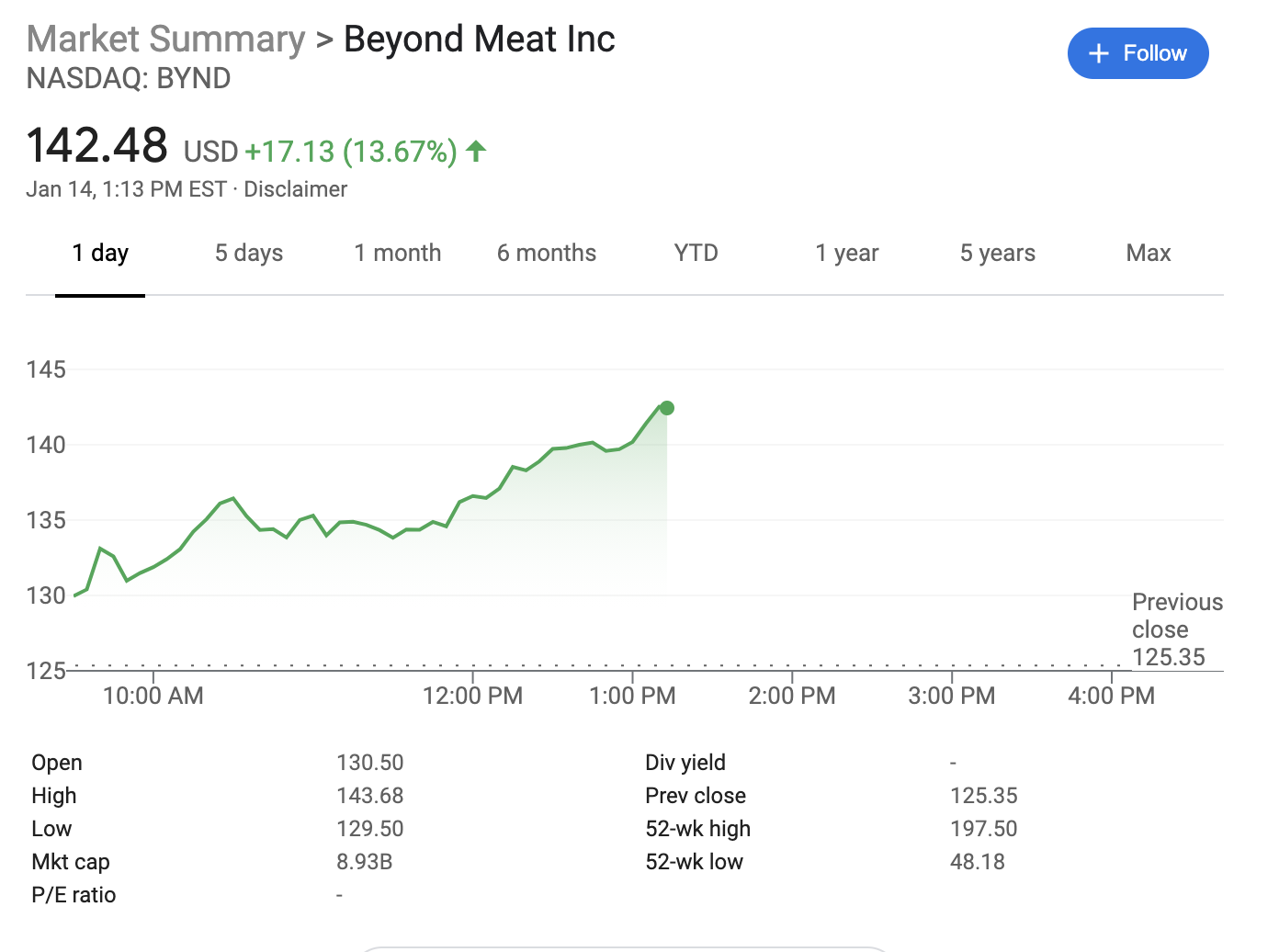According to a recent letter sent to its investors, Tiger Global Management, the New York-based investing powerhouse, is raising a new $3.75 million venture fund called Tiger Private Investment Partners XIV that it expects to close in March.
The fund is Tiger’s 13th venture fund, despite its title — the partners might be superstitious — and it comes hot on the heels of the firm’s 12th venture fund, closed exactly a year ago, also with $3.75 billion in capital commitments.
A spokesperson for the firm declined to comment on the letter or Tiger’s broader fundraising strategy when reached this morning.
It’s a lot of capital to target, even amid a sea of enormous new venture vehicles. New Enterprise Associates closed its newest fund with $3.6 billion last year. Lightspeed Venture Partners soon after announced $4 billion across three funds. Andreessen Horowitz, the youngest of the three firms, announced in November it had closed a pair of funds totaling $4.5 billion.
At the same time, Tiger seemingly has a strong case to potential limited partners. Last year alone, numerous of its portfolio companies either went public or was acquired.
Yatsen Holding, the nearly five-year-old parent company of China-based cosmetics giant Perfect Diary, went public in November and is now valued at $14 billion. (Tiger’s ownership stake didn’t merit a mention on the company’s regulatory filing.)
Tiger also quietly invested in the cloud-based data warehousing outfit Snowflake and, while again, it didn’t have a big enough stake to be included in the company’s S-1, even a tiny ownership percentage would be valuable, given that Snowflake is now valued at $85 billion.
And Tiger backed Root insurance, a nearly six-year-old, Columbus, Oh.-based insurance company that went public in November and currently boasts a market cap of $5.3 billion. Tiger owned 10.3% sailing into the offering.
As for M&A, Tiger saw at least three of its companies swallowed by bigger tech companies during 2020, including Postmates’s all-stock sale to Uber for $2.65 billion; Credit Karma’s $7 billion sale in cash and stock to Intuit; and the sale of Kustomer, which focused on customer service platforms and chatbots, for $1 billion to Facebook.
Tiger, whose roots are in hedge fund management, launched its private equity business in 2002, spearheaded by Chase Coleman when he was still working for hedge-fund pioneer Julian Robertson at Tiger Management; Scott Schleifer, who joined the firm in 2002 after spending three years with the Blackstone Group; and, soon after, Lee Fixel, who joined the firm in 2006.
Schleifer focused on China; Fixel focused on India, and the rest of the firm’s support team (it now has 22 investing professionals on staff) helped find deals in Brazil and Russia before beginning to focus more aggressively on opportunities in the U.S.
Every investing decision was made by the three. Last year, Fixel left Tiger in 2019 to launch his own investment firm, Addition. Now Schleifer and Coleman are the firm’s sole decision-makers.
Whether the firm replaces Fixel is an open question. Tiger is known for grooming investors within its operations rather than hiring outsiders, so a new top lieutenant would almost surely come from its current team.
In the meantime, the firm’s private equity arm — which has written everything from Series A checks (Warby Parker) to checks in the multiple hundreds of millions of dollars — is currently managing assets of $30 million, compared with the $49 billion that Tiger is managing more broadly.
A year ago, Tiger Global, which employs 100 people altogether, was reportedly managing $36.2 billion in assets.
According to the outfit’s investor letter, the firm’s gross internal rate of return across its 12 previous funds is 32%, while its net IRR is 24%.
Tiger’s investors include a mix of sovereign wealth funds, foundations, endowments, pensions, and its own employees, who are collectively believed to be the firm’s biggest investors at this point.
Some of Tiger’s biggest wins to date have include a $200 million bet on the e-commerce giant JD.com that produced a $5 billion for the firm. According to the WSJ, it also cleared more than $1 billion on the Chinese online-services platform Meituan Dianping, which went public in 2018.
Tiger also reportedly reaped $3 billion from majority sale of India’s Flipkart to Walmart in 2018, though the Indian government has more recently been trying to recover $1.9 billion from the firm, claiming it has outstanding tax dues on the sale of its share in the company.
Not last, Tiger owned nearly 20% of the connected fitness company Peloton at the time of its 2019 IPO (a deal that Fixel reportedly brought to the table, along with Flipkart).
Peloton, valued by private investors at $4 billion before doubling immediately in value as a publicly traded company, now boasts a market cap of $48.6 billion.
Tiger has invested its current fund in roughly 50 companies over the last 12 months. Among its newest bets is Blend, an eight-year-old, San Francisco-based digital lending platform that yesterday announced $300 million in Series G funding, including from Coatue, at a post-money valuation of $3.3 billion.
It also led the newly announced $450 million Series C round for Checkout.com, an eight-year-old, London-based online payments platform that is now valued at $15 billion. And it wrote a follow-on check to Cockroach Labs, the nearly six-year-old, New York-based distributed SQL database that just raised $160 million in Series E funding at a $2 billion valuation, just eight months after raising an $86.6 million Series D round.
Another of its newest, biggest bets centers on the online education platform Zuowebang, in China. Back in June, Tiger co-led a $750 million Series E round in the company.
Last month, Tiger was back again, co-leading a $1.6 billion round in the distance-learning company.






